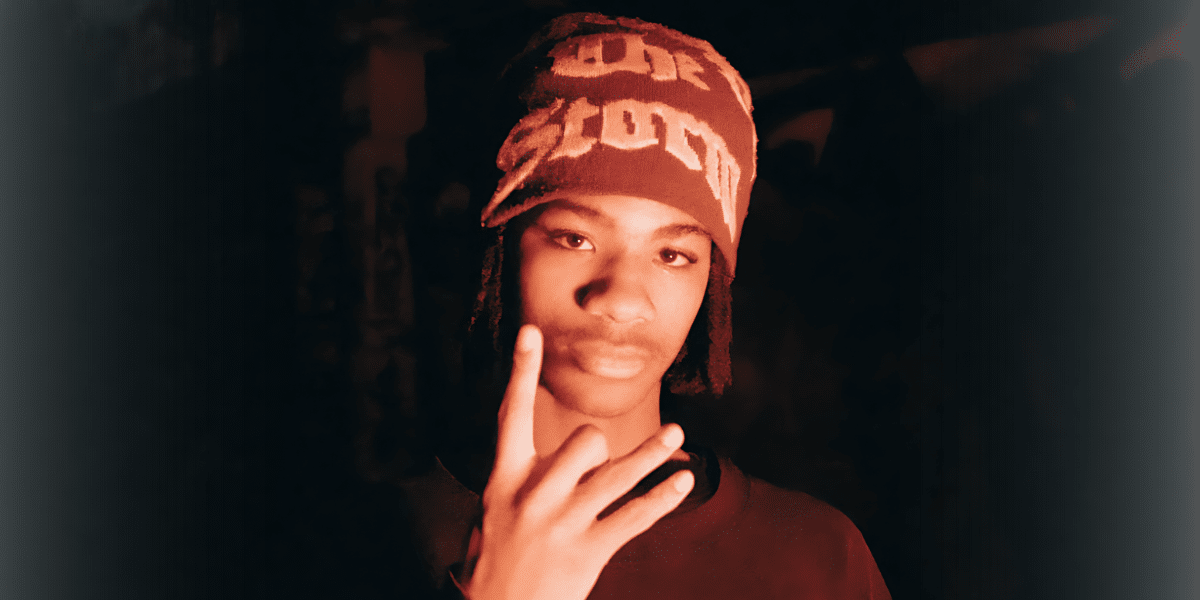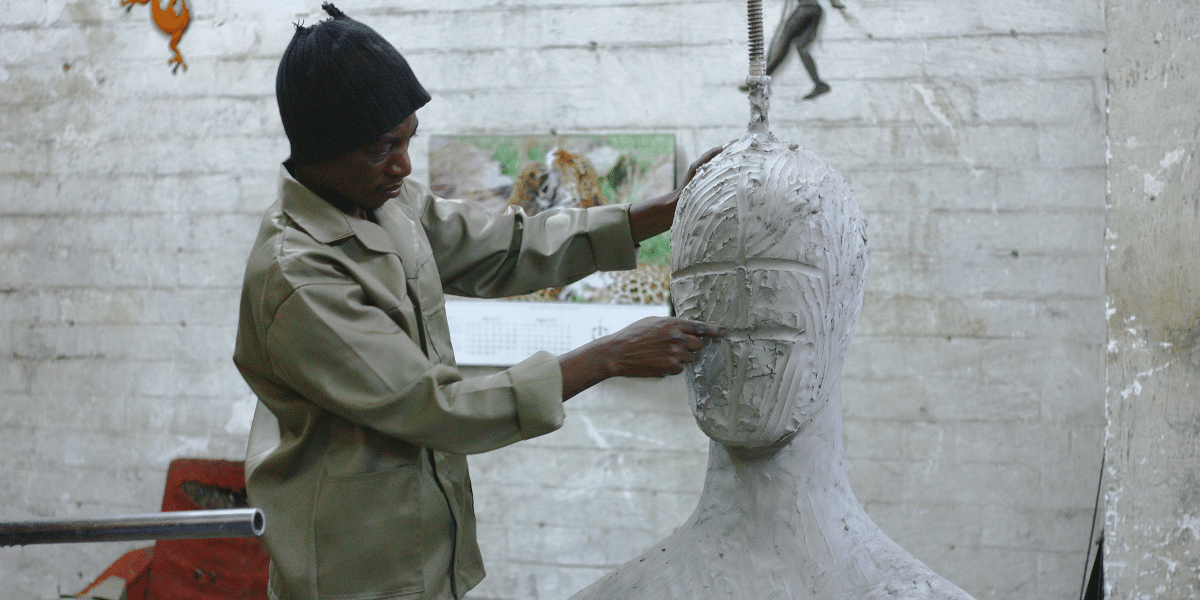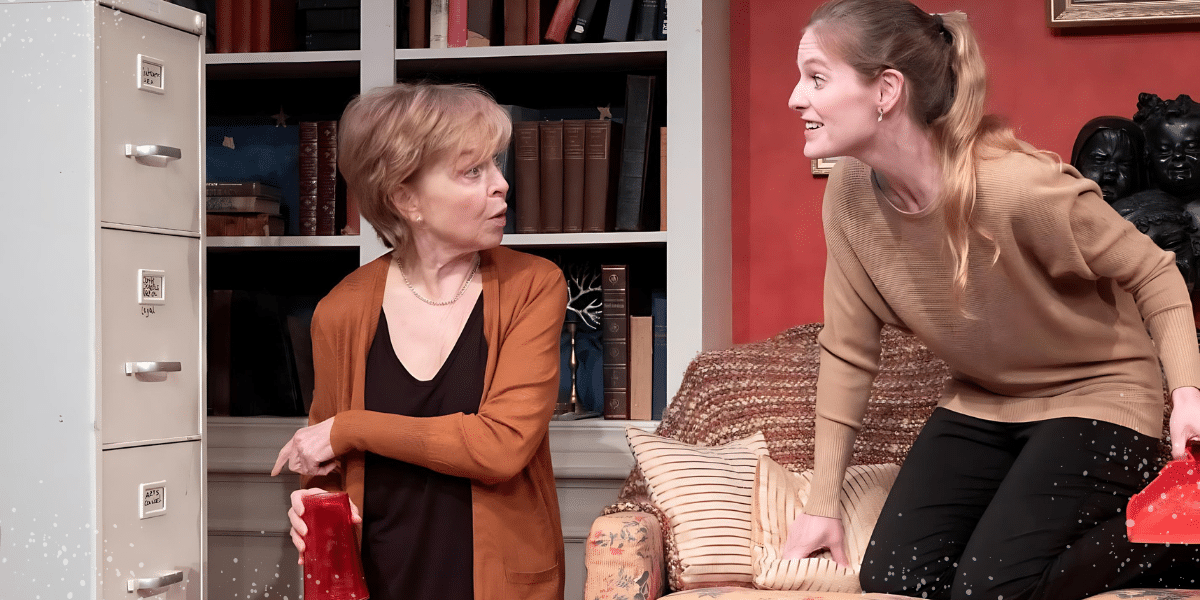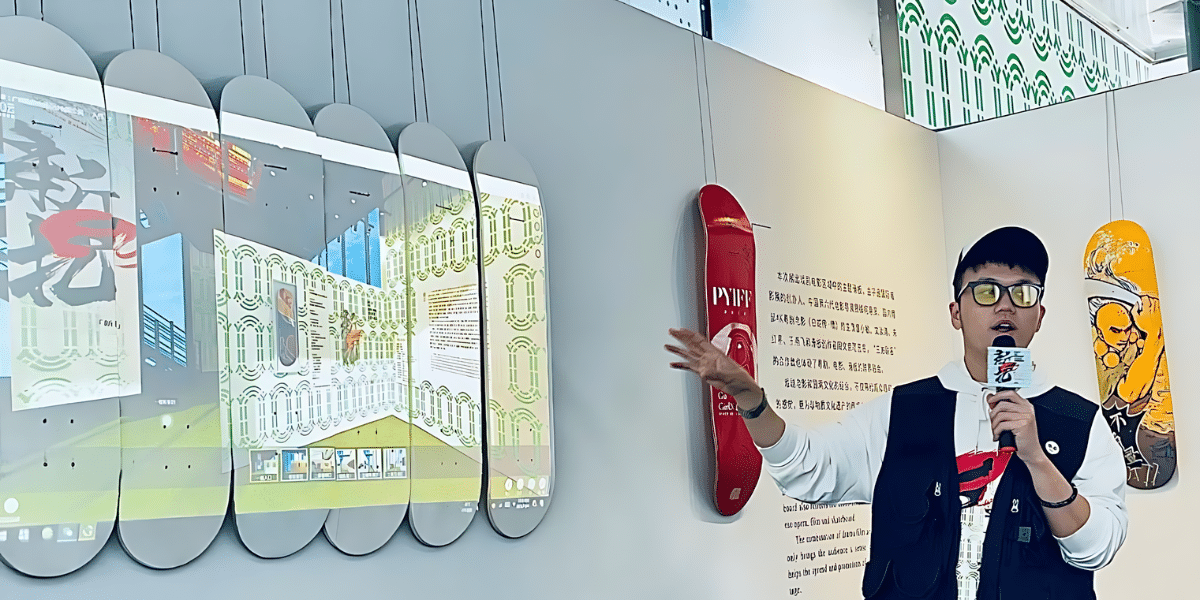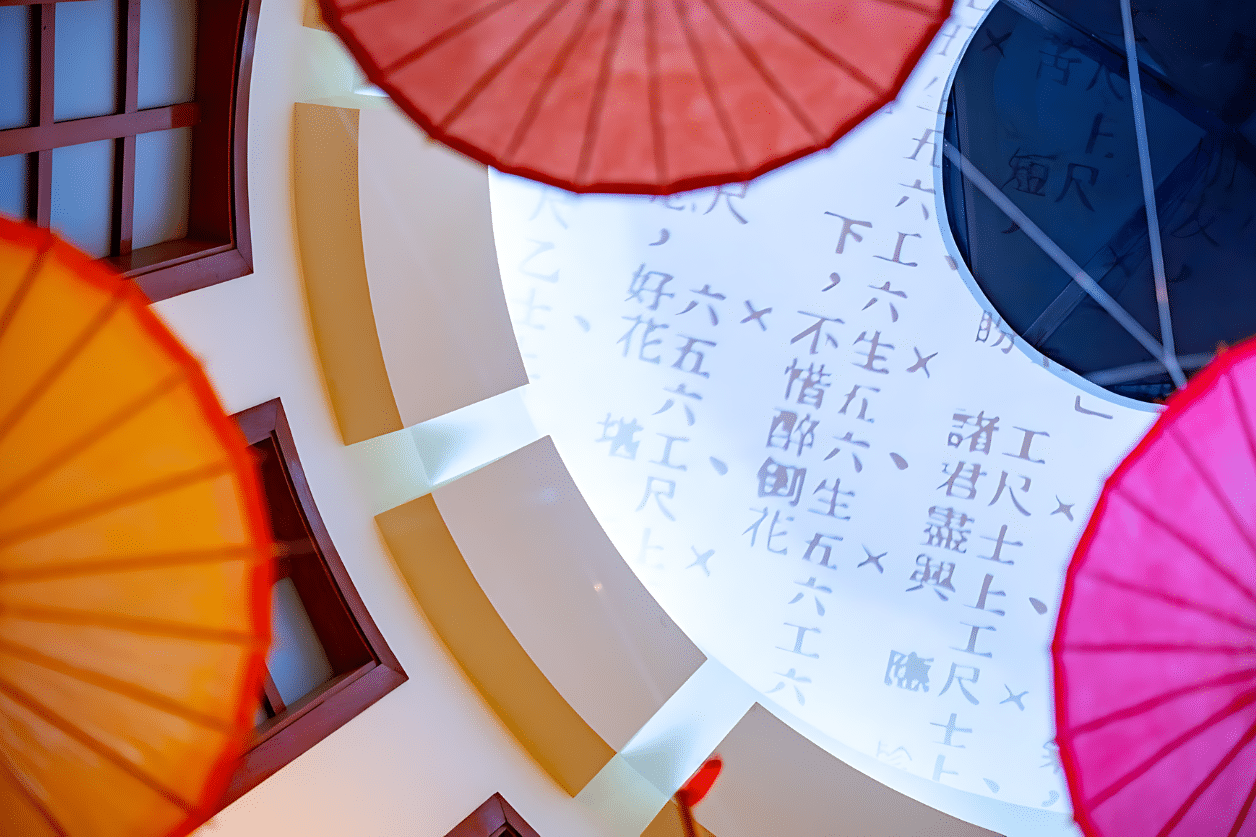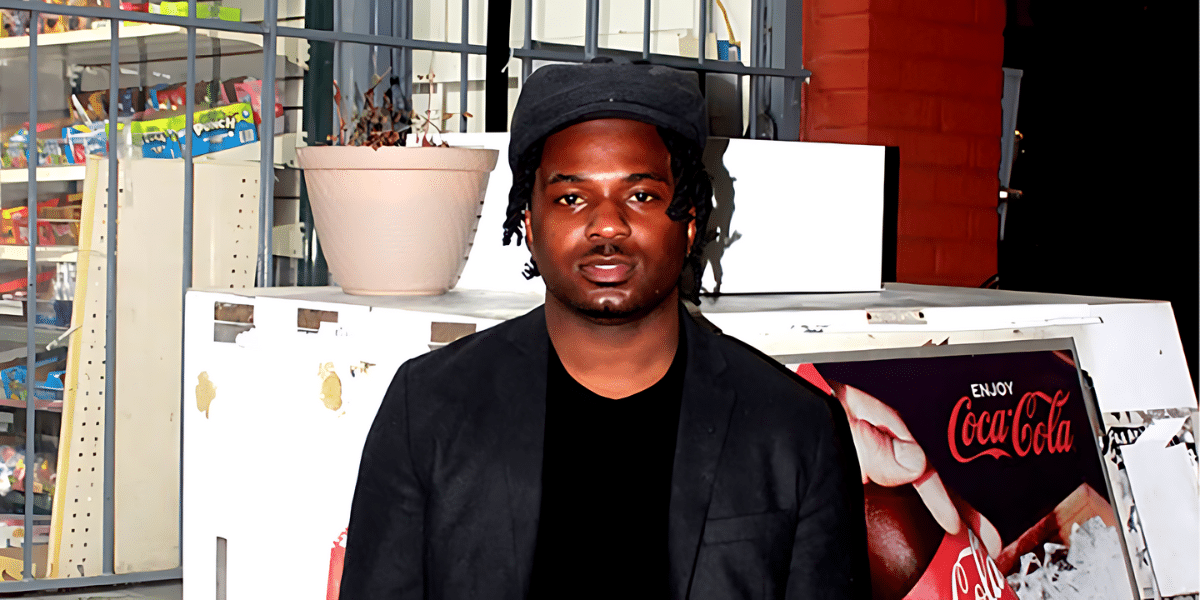Exploring the Importance of Building Your Sound in One Genre Before Experimenting
In the vast and ever-evolving landscape of music, artists often find themselves drawn to experimentation, exploring new sounds, styles, and genres in search of creative inspiration and artistic growth. While musical experimentation can be a valuable and enriching experience, there is also a strong case to be made for the importance of building your sound in one genre before branching out into new territory. In this article, we’ll delve into why it’s essential for musicians to establish a strong foundation in one genre before embarking on musical experimentation.
1. Developing Technical Proficiency
Every musical genre comes with its own set of technical skills, techniques, and nuances that musicians must master to excel in their craft. By focusing on one genre initially, musicians have the opportunity to develop their technical proficiency and mastery of their chosen instruments or production tools. This focused practice allows artists to hone their skills and become more proficient musicians, laying a solid foundation that will serve them well as they explore new genres and styles.
2. Understanding Musical Conventions
Each genre of music has its own unique set of conventions, structures, and traditions that shape its sound and style. By immersing themselves in one genre, musicians gain a deeper understanding of these musical conventions, including song forms, chord progressions, rhythms, and lyrical themes. This understanding is essential for creating authentic and compelling music that resonates with audiences within a specific genre.
3. Building a Strong Identity
Establishing a strong musical identity is crucial for artists looking to stand out in the crowded music industry. By focusing on one genre and developing a distinct sound and style, musicians can carve out their own unique niche and build a loyal fan base. This sense of identity and authenticity helps artists connect with audiences on a deeper level and establishes them as credible and compelling voices within their chosen genre.
4. Cultivating Artistic Integrity
Artistic integrity is essential for musicians who aspire to create meaningful and impactful music. By staying true to their artistic vision and focusing on one genre, artists can cultivate a sense of authenticity and integrity in their work. This authenticity resonates with audiences, who appreciate artists who remain true to themselves and their creative vision, even as they explore new musical territory.
5. Establishing a Strong Foundation
Building your sound in one genre provides artists with a solid foundation upon which to build their musical careers. This foundation includes not only technical proficiency and musical understanding but also a sense of identity, integrity, and artistic vision. With this strong foundation in place, musicians are better equipped to navigate the challenges and opportunities of the music industry and pursue their creative aspirations with confidence and conviction.
6. Gaining Recognition and Respect
Musical genres are often defined by their distinct sounds, styles, and traditions, and artists who excel within a specific genre are often recognized and respected by their peers and audiences. By focusing on one genre and establishing themselves as experts within that genre, musicians can gain recognition and respect within the music community, opening doors to collaboration, performance opportunities, and career advancement.
A Focused Approach to Build Future Foundations
While musical experimentation is a natural and essential part of artistic growth, there is undeniable value in building your sound in one genre before branching out into new territory. By focusing on one genre initially, musicians can develop their technical proficiency, understand musical conventions, build a strong identity, cultivate artistic integrity, establish a solid foundation, and gain recognition and respect within the music industry. This focused approach provides artists with the skills, knowledge, and confidence they need to explore new genres and styles creatively while remaining true to their artistic vision and identity. So whether you’re a budding musician or an established artist, remember the importance of building your sound in one genre before embarking on musical experimentation, and let your musical journey unfold organically, one genre at a time.


